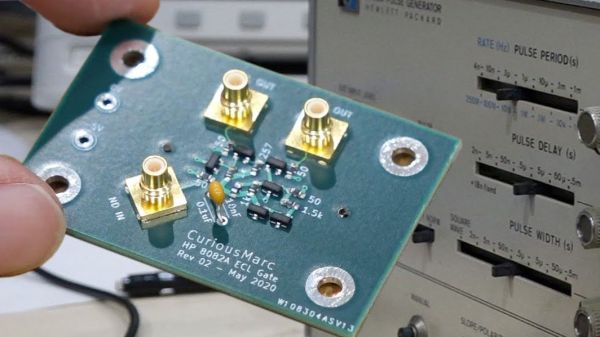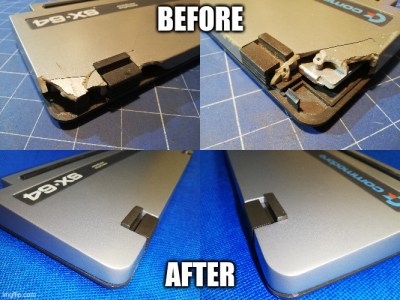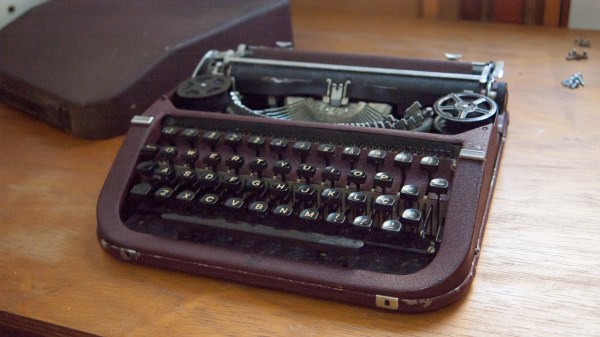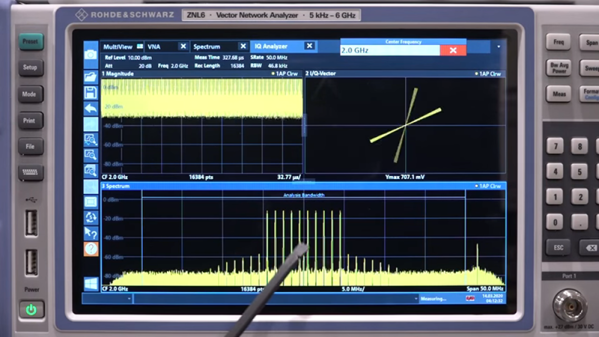One of the best parts about Hackaday is how much you learn from the projects that people tackle, especially when they are repairs on old gear with unknown failure modes and potentially multiple problems. By the same token, the worst part about Hackaday is seeing what other people are capable of and knowing that you’ve got a long way to go to catch up to them.
A case in point is [Curious Marc]’s recent repair of an old pulse generator. The instrument in question is an H-P 8082A, a device from a time when H-P was a place where “good engineers managed by even better engineers [wanted] to help other engineers,” as [Marc] so eloquently puts it. The instrument was capable of 250 MHz output with complete control over the amplitude, frequency, duty cycle, and rising and falling edge geometry of the pulses, in addition to being able to output double pulses. For an all-analog instrument made in 1974, it was in decent shape, and it still powered up and produced at least the square wave output. But [Marc]’s exploration revealed a few problems, which are detailed and partially addressed in the first video below.
In part two [Marc] goes after the problem behind the pulse delay function. He traced it to a bad IC, which was bad news since it was a custom H-P part using emitter-coupled logic (ECL) to achieve the needed performance that can no longer be sourced. So naturally, [Marc] decided to replace the chip with a custom circuit. The design and simulation of the circuit are detailed in part two, while the non-trivial details of designing a PCB to handle the high-speed signals take up most of part three. We found the details on getting the trace impedance just right fascinating.
In the end, [Marc]’s pulse generator was salvaged. It’ll go into service helping him probe the mysteries of vintage electronics from the Apollo era, so we’re looking forward to seeing more about this great old instrument.
Continue reading “Vintage Instrument Gets Modern Replacement For Unobtainium Parts”


















